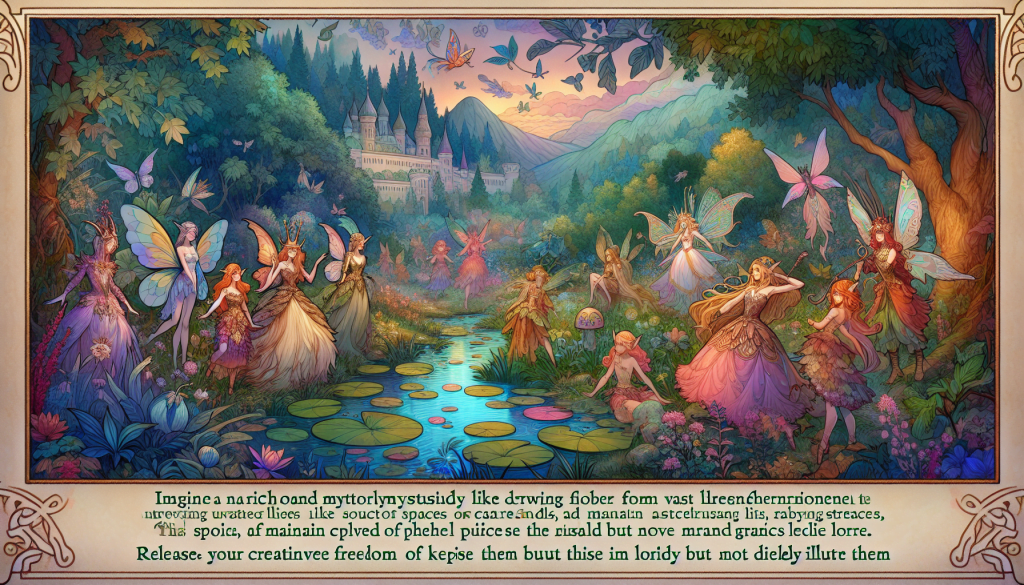Exploring Fairy Types in Mythology: A Journey Through Names
Embark on an enchanting odyssey as we trace the origins and significance of fairy names, unraveling captivating tales behind these mystical creatures in mythological landscapes. Join us on this magical sojourn!
